What are the different types of nuclear weapons?
Speculation mounts that post-war taboo on nuclear weapons could soon be shattered by use of 'battlefield' missiles
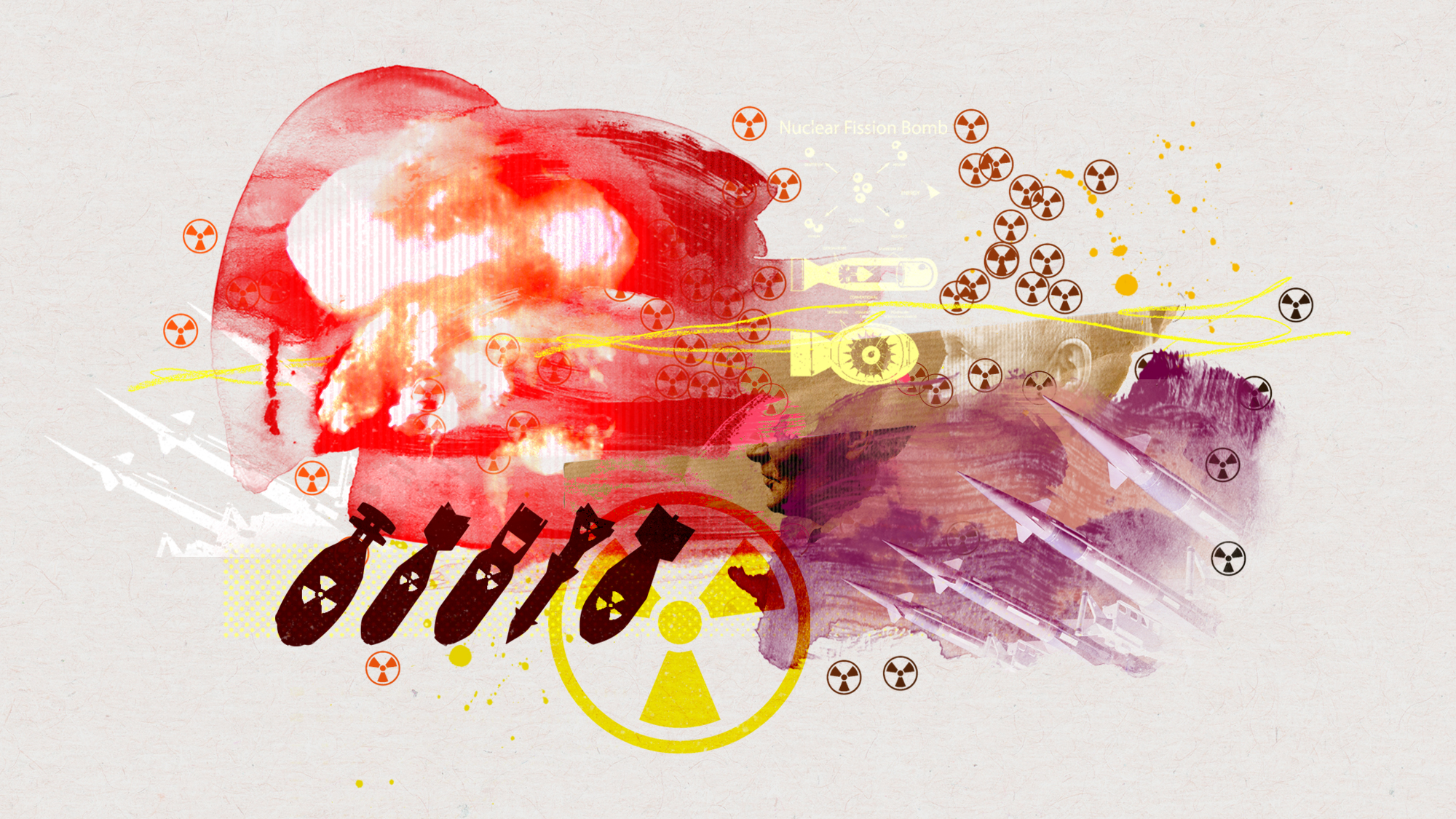
The world must prepare for the possibility that Vladimir Putin will think a nuclear attack on Ukraine is Russia's "only option", said The Telegraph.
Russian losses are "ghosting close" to one million and "detailed analysis" shows that Moscow has made "scant progress" in the past 12 months. So the "only way" Putin can "achieve his aims" might be to deploy tactical nuclear weapons, former British Army officer and chemical weapons expert Hamish de Bretton-Gordon wrote in the paper.
Although these battlefield nuclear missiles would be "small" compared to the atom bomb that devastated Hiroshima and Nagasaki in 1945, their use would shatter the "nuclear equilibrium" that has "prevented WW3 for 75 years".
The Week
Escape your echo chamber. Get the facts behind the news, plus analysis from multiple perspectives.

Sign up for The Week's Free Newsletters
From our morning news briefing to a weekly Good News Newsletter, get the best of The Week delivered directly to your inbox.
From our morning news briefing to a weekly Good News Newsletter, get the best of The Week delivered directly to your inbox.
What are nuclear weapons?
They come under two broad categories: atomic bombs, which use power released by the splitting of atomic nuclei, and hydrogen bombs (also known as thermonuclear bombs), whose explosive force derives from nuclear fusion.
Between them, the world's nine nuclear powers are thought to have "roughly" 12,331 nuclear warheads, said the Federation of American Scientists (FAS).
What are 'tactical' nuclear weapons?
Sometimes called "battlefield" or "non-strategic" missiles, tactical nuclear weapons are designed for use in military encounters between opposing forces, rather than for strategic strikes on an adversary's territory. They are smaller and less powerful than strategic nuclear weapons, but they can have explosive yields of up to 300 kilotons, or 20 times that of the bomb that destroyed Hiroshima.
In 2022, the Bulletin of the Atomic Scientists estimated that Russia had 1,912 of these missiles. The US was thought to have 200, including 100 deployed across five European countries.
A free daily email with the biggest news stories of the day – and the best features from TheWeek.com
What are strategic ballistic missiles?
These powerful missiles, sometimes known as intercontinental missiles, are the big brothers of the tactical weapons. With ranges between 6,000 and 9,300 miles, they're capable of reaching targets on the other side of the world in a matter of minutes and contain enough power to raze cities.
These bombs, which are the ones depicted in nuclear apocalypse films and TV shows like "Threads", were first developed by the Soviet Union in 1958. The United States built its own the following year and China followed suit some 20 years later.
Are nuclear stockpiles growing?
Although the "exact number" of nuclear weapons in each country's possession is a "closely held national secret", the US is "reducing its nuclear stockpile slowly", said the FAS, as it dismantles "previously retired warheads".
Israel and France have "relatively stable" inventories, but China, India, North Korea, Pakistan and the UK are all "thought to be increasing their stockpiles". It's believed that Moscow is also adding to its nuclear capacity.
Chas Newkey-Burden has been part of The Week Digital team for more than a decade and a journalist for 25 years, starting out on the irreverent football weekly 90 Minutes, before moving to lifestyle magazines Loaded and Attitude. He was a columnist for The Big Issue and landed a world exclusive with David Beckham that became the weekly magazine’s bestselling issue. He now writes regularly for The Guardian, The Telegraph, The Independent, Metro, FourFourTwo and the i new site. He is also the author of a number of non-fiction books.
-
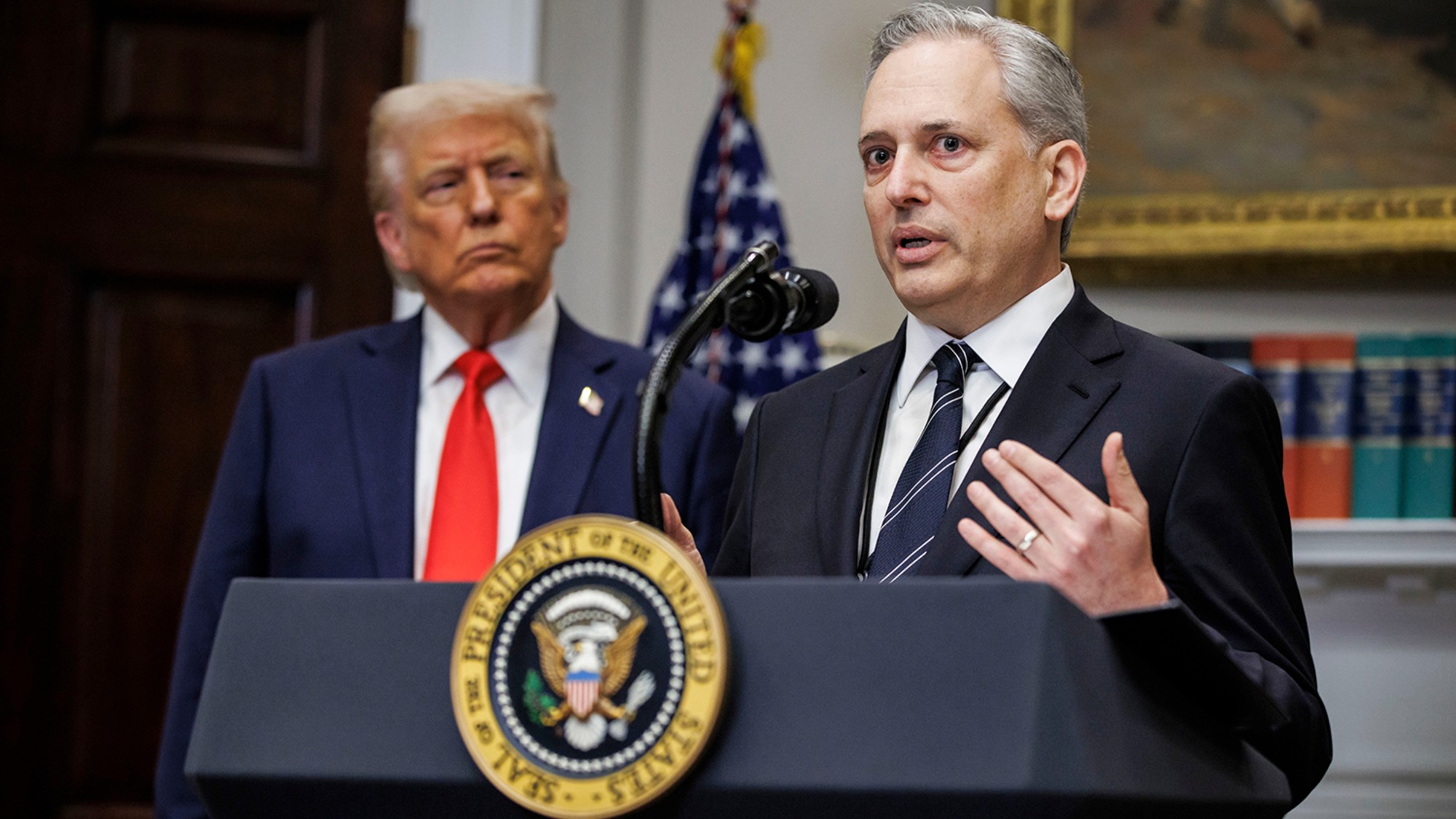 Trump vs. states: Who gets to regulate AI?
Trump vs. states: Who gets to regulate AI?Feature Trump launched a task force to challenge state laws on artificial intelligence, but regulation of the technology is under unclear jurisdiction
-
 Decking the halls
Decking the hallsFeature Americans’ love of holiday decorations has turned Christmas from a humble affair to a sparkly spectacle.
-
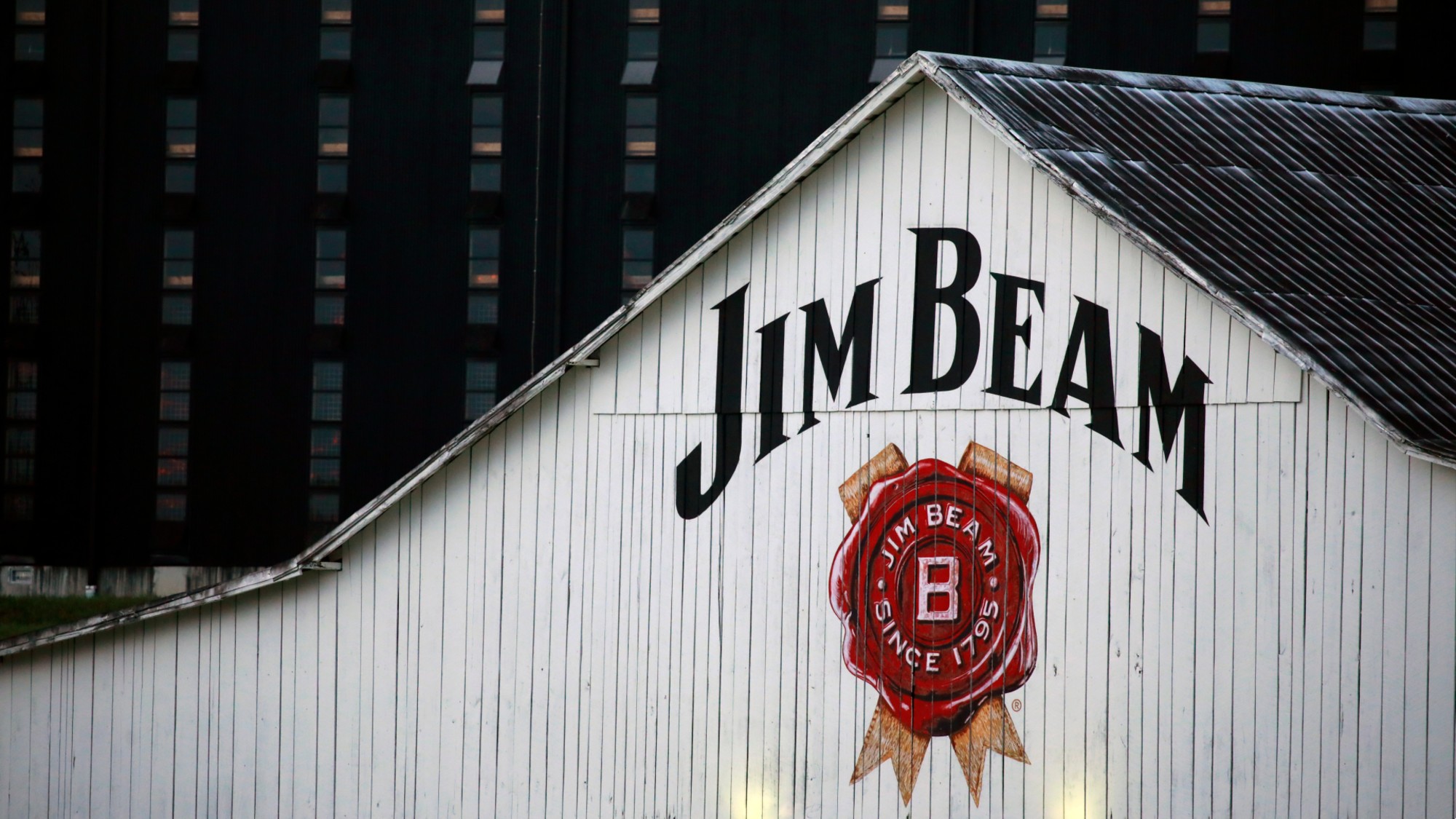 Whiskey tariffs cause major problems for American distillers
Whiskey tariffs cause major problems for American distillersIn the Spotlight Jim Beam is the latest brand to feel the pain
-
 Did Trump just end the US-Europe alliance?
Did Trump just end the US-Europe alliance?Today's Big Question New US national security policy drops ‘grenade’ on Europe and should serve as ‘the mother of all wake-up calls’
-
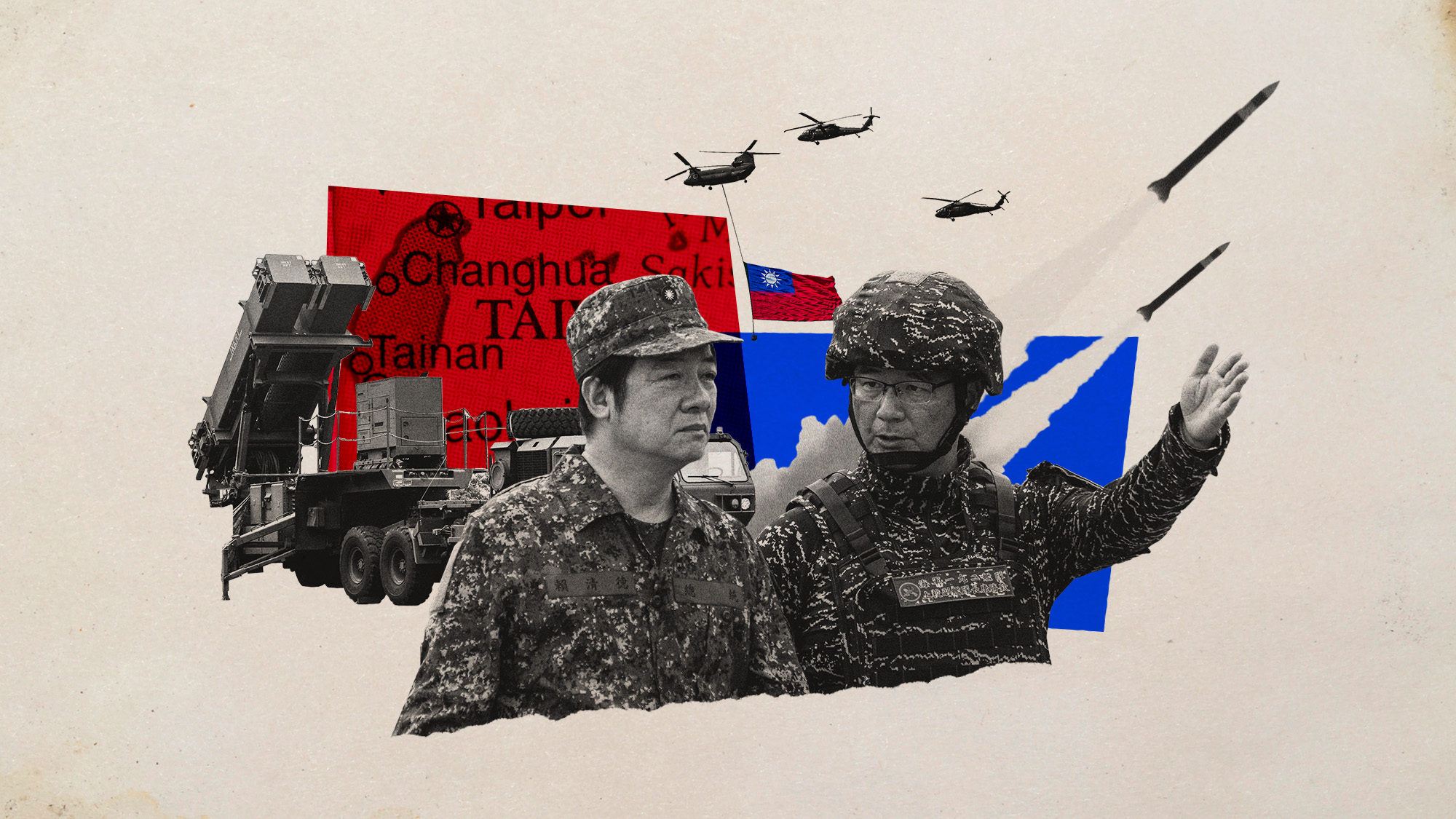 Taiwan eyes Iron Dome-like defence against China
Taiwan eyes Iron Dome-like defence against ChinaUnder the Radar President announces historic increase in defence spending as Chinese aggression towards autonomous island escalates
-
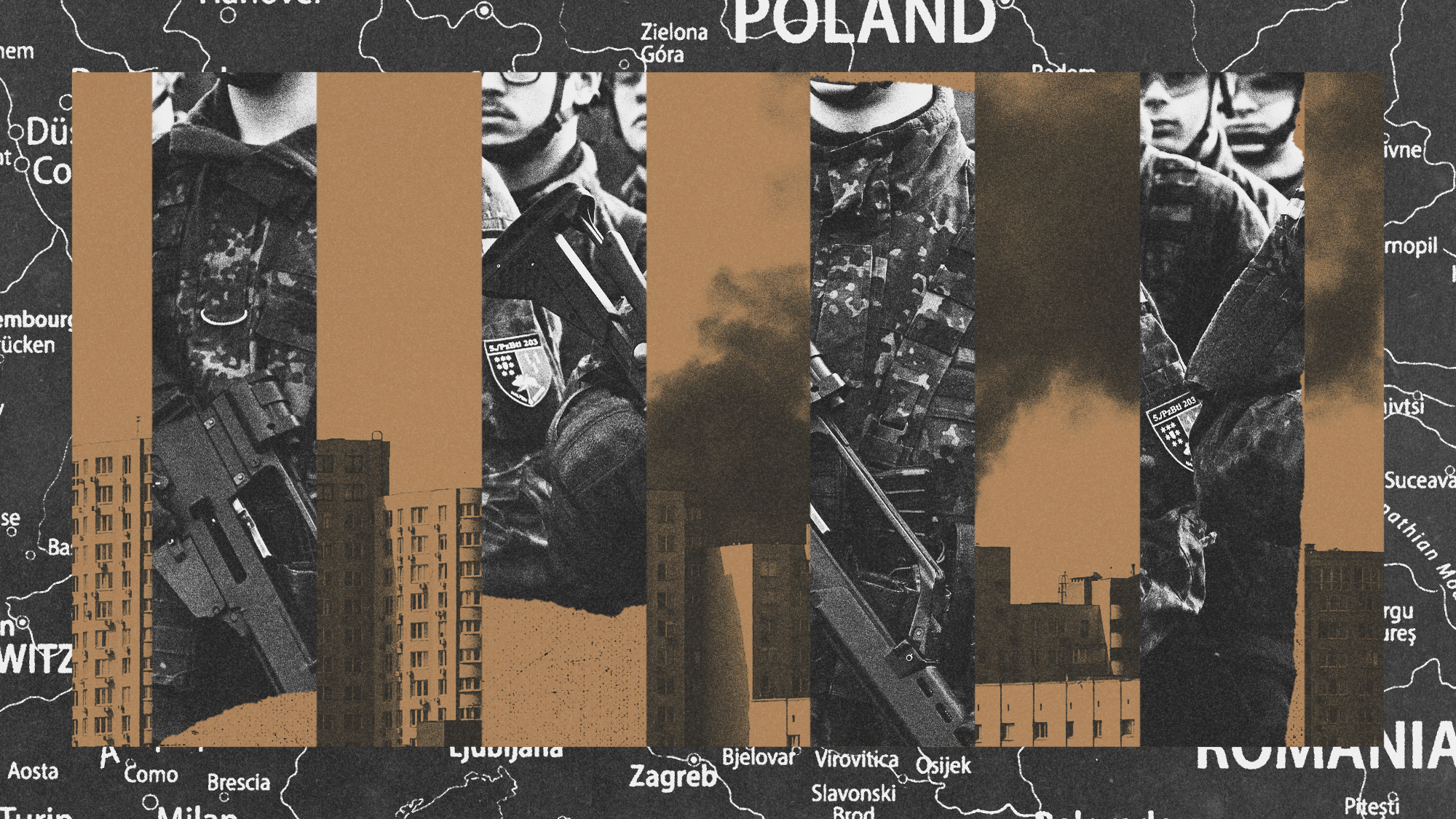 Is conscription the answer to Europe’s security woes?
Is conscription the answer to Europe’s security woes?Today's Big Question How best to boost troop numbers to deal with Russian threat is ‘prompting fierce and soul-searching debates’
-
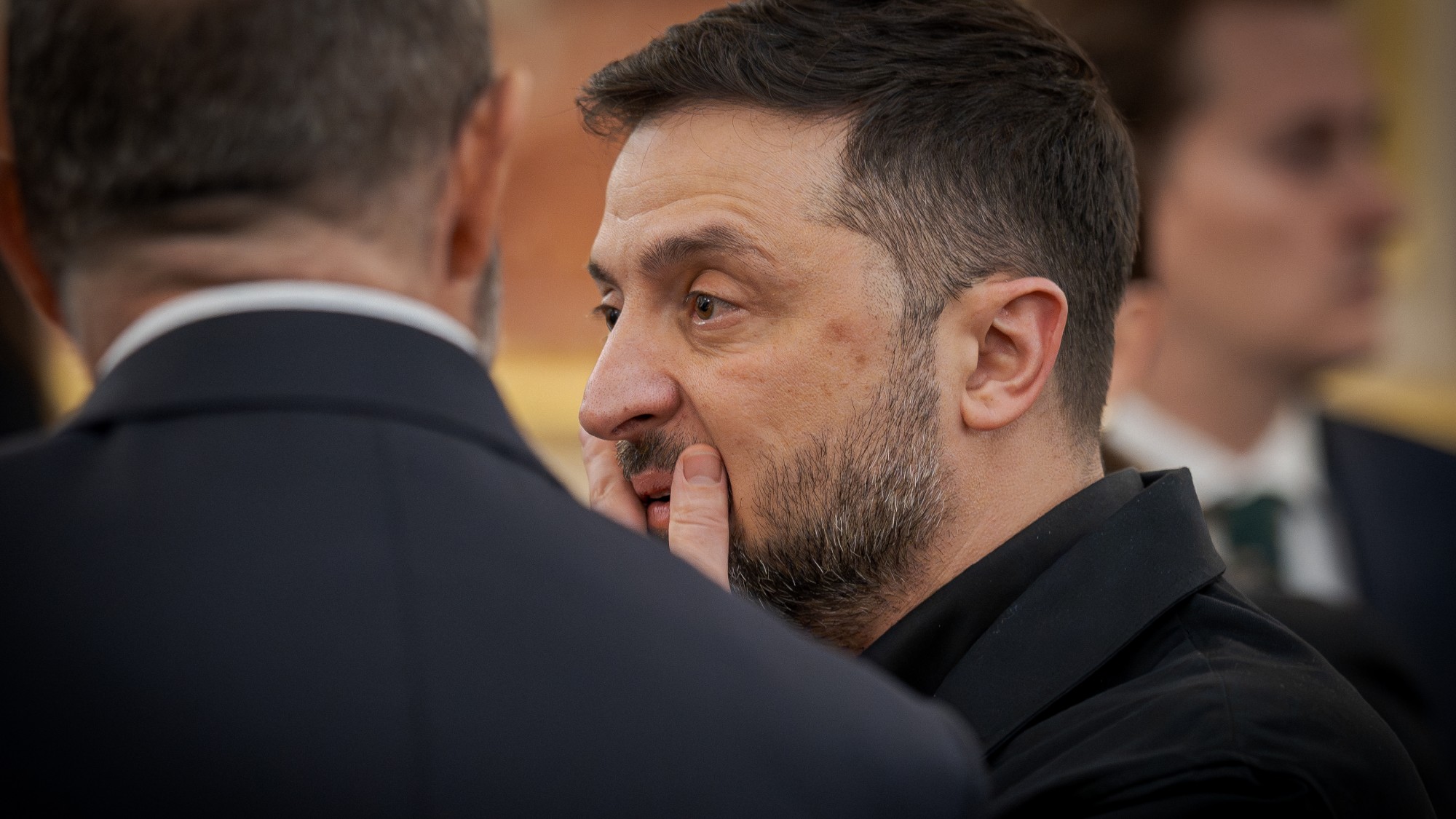 Trump peace deal: an offer Zelenskyy can’t refuse?
Trump peace deal: an offer Zelenskyy can’t refuse?Today’s Big Question ‘Unpalatable’ US plan may strengthen embattled Ukrainian president at home
-
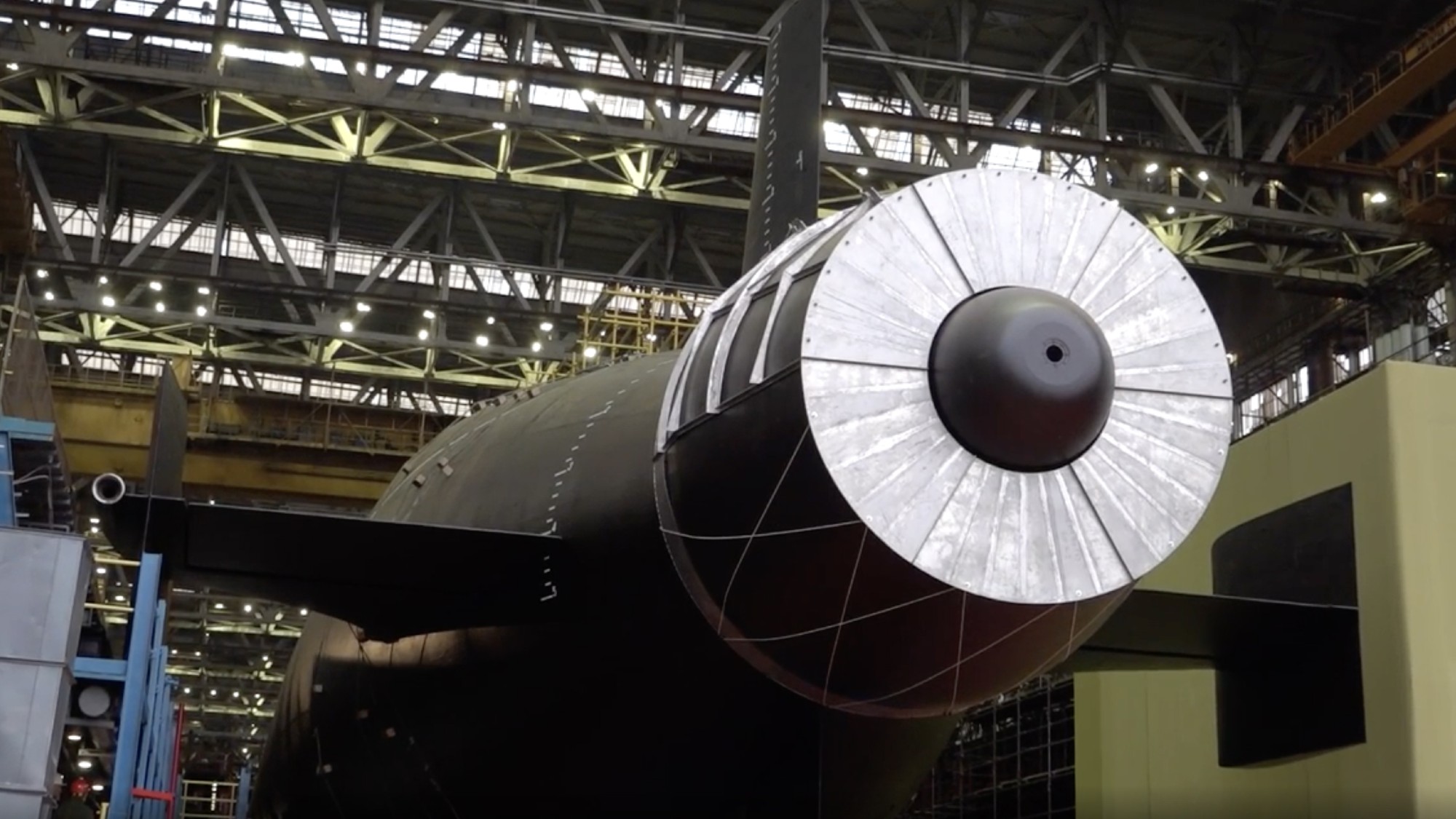 Vladimir Putin’s ‘nuclear tsunami’ missile
Vladimir Putin’s ‘nuclear tsunami’ missileThe Explainer Russian president has boasted that there is no way to intercept the new weapon
-
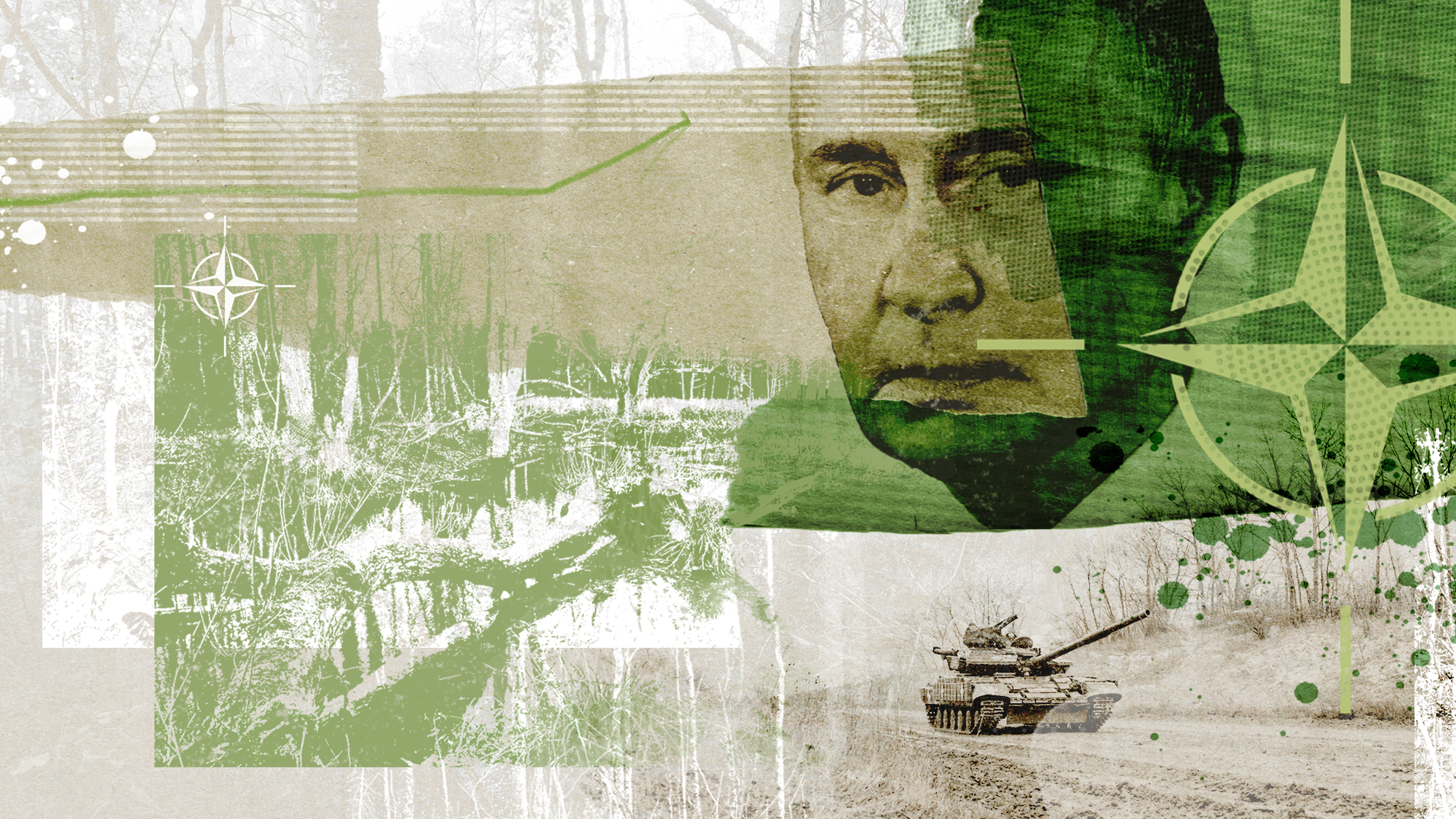 The Baltic ‘bog belt’ plan to protect Europe from Russia
The Baltic ‘bog belt’ plan to protect Europe from RussiaUnder the Radar Reviving lost wetland on Nato’s eastern flank would fuse ‘two European priorities that increasingly compete for attention and funding: defence and climate’
-
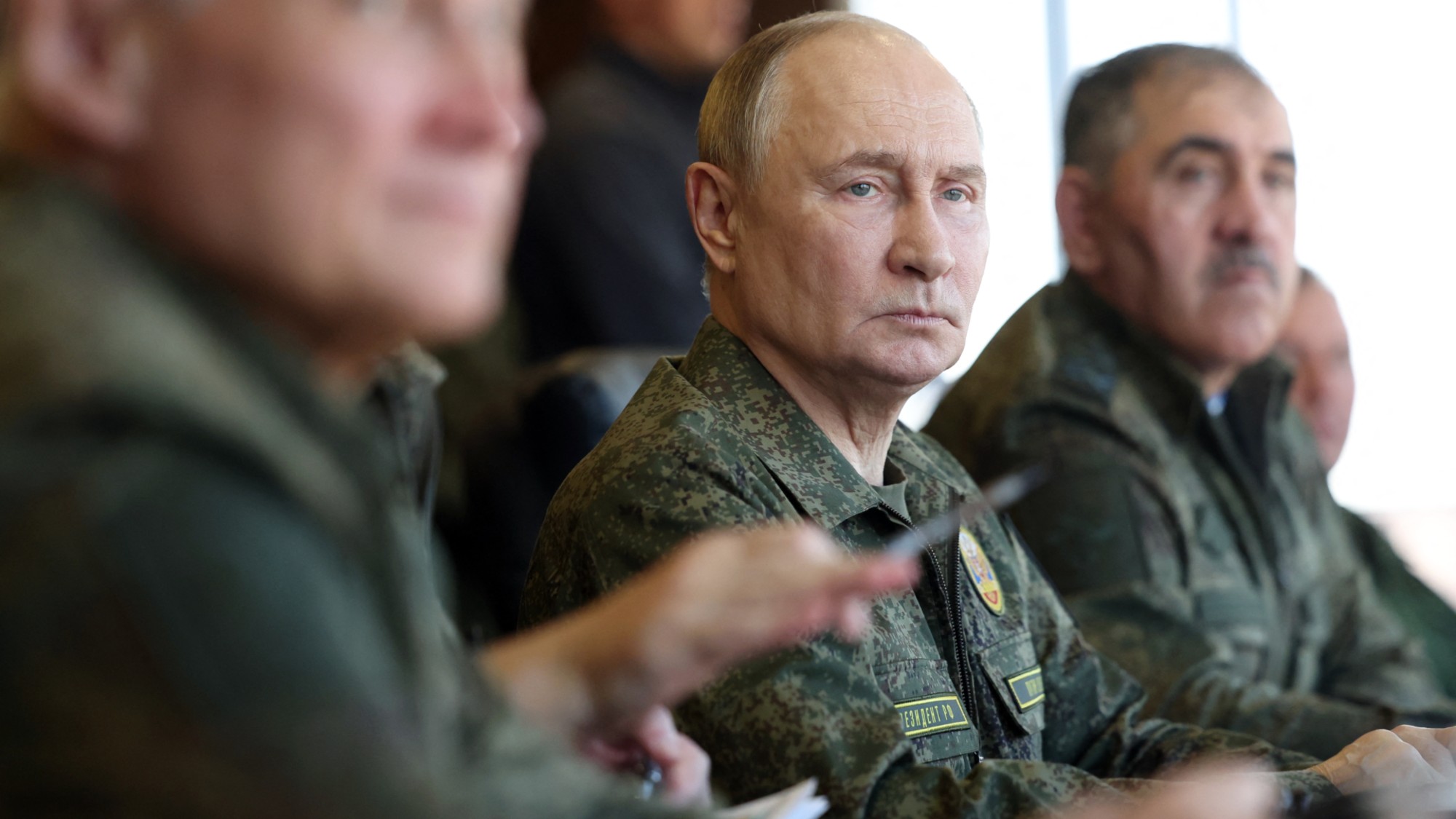 How should Nato respond to Putin’s incursions?
How should Nato respond to Putin’s incursions?Today’s big question Russia has breached Nato airspace regularly this month, and nations are primed to respond
-
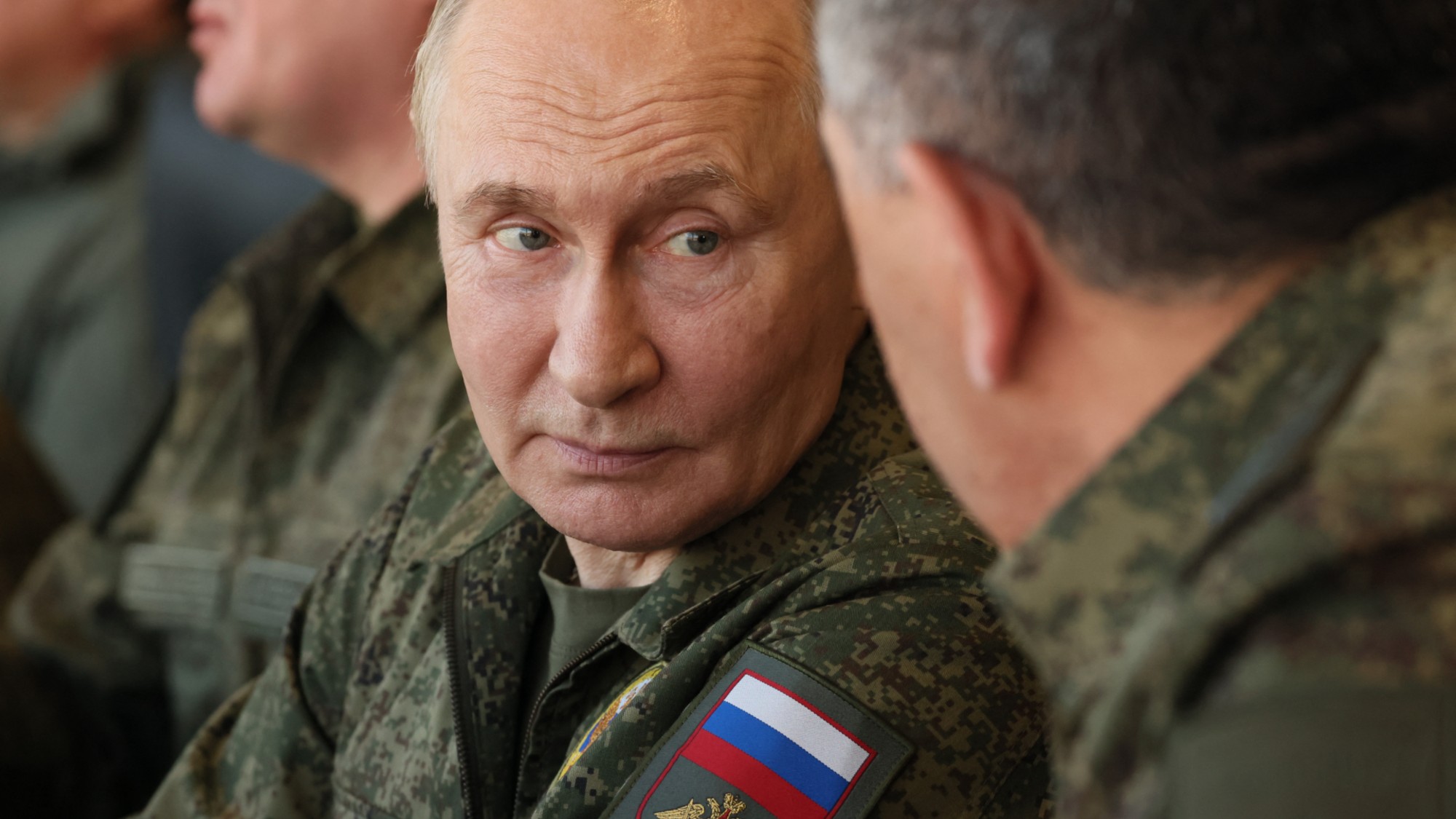 Russia’s war games and the threat to Nato
Russia’s war games and the threat to NatoIn depth Incursion into Poland and Zapad 2025 exercises seen as a test for Europe